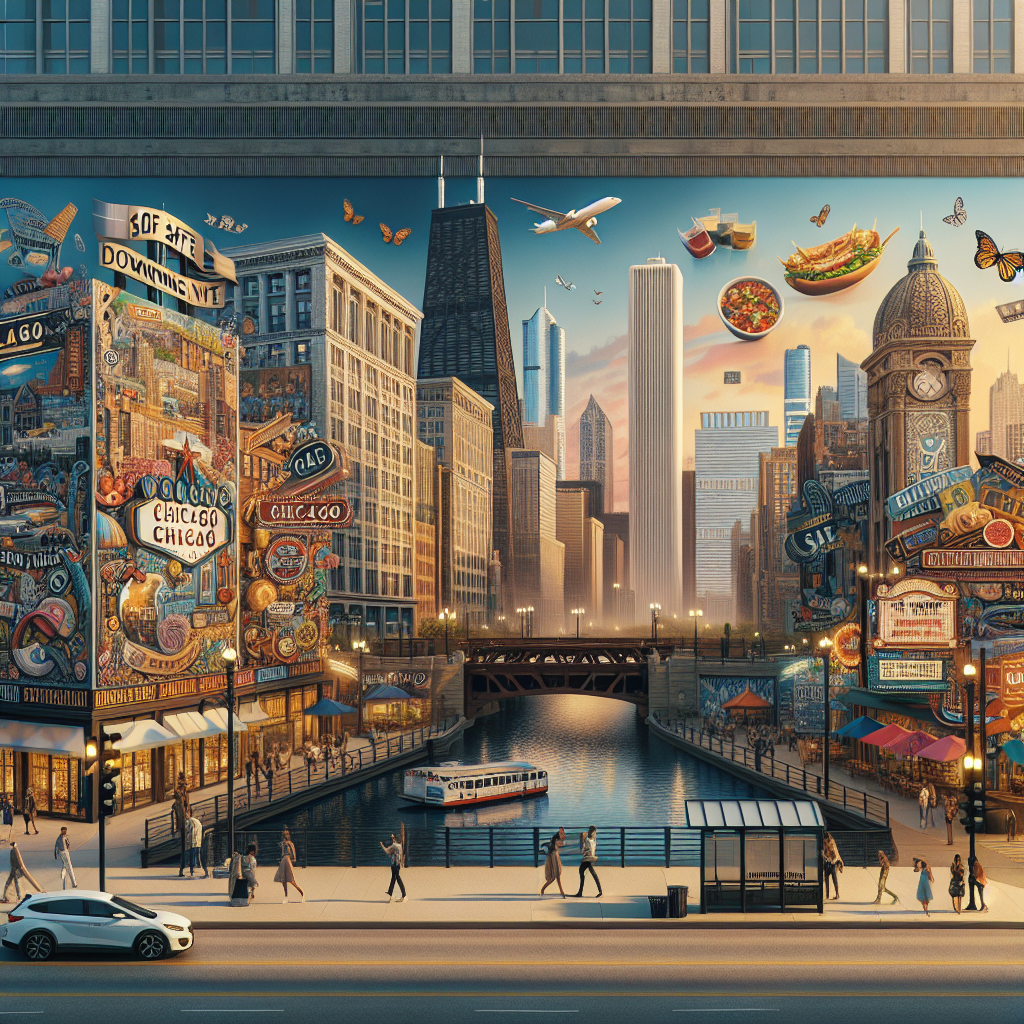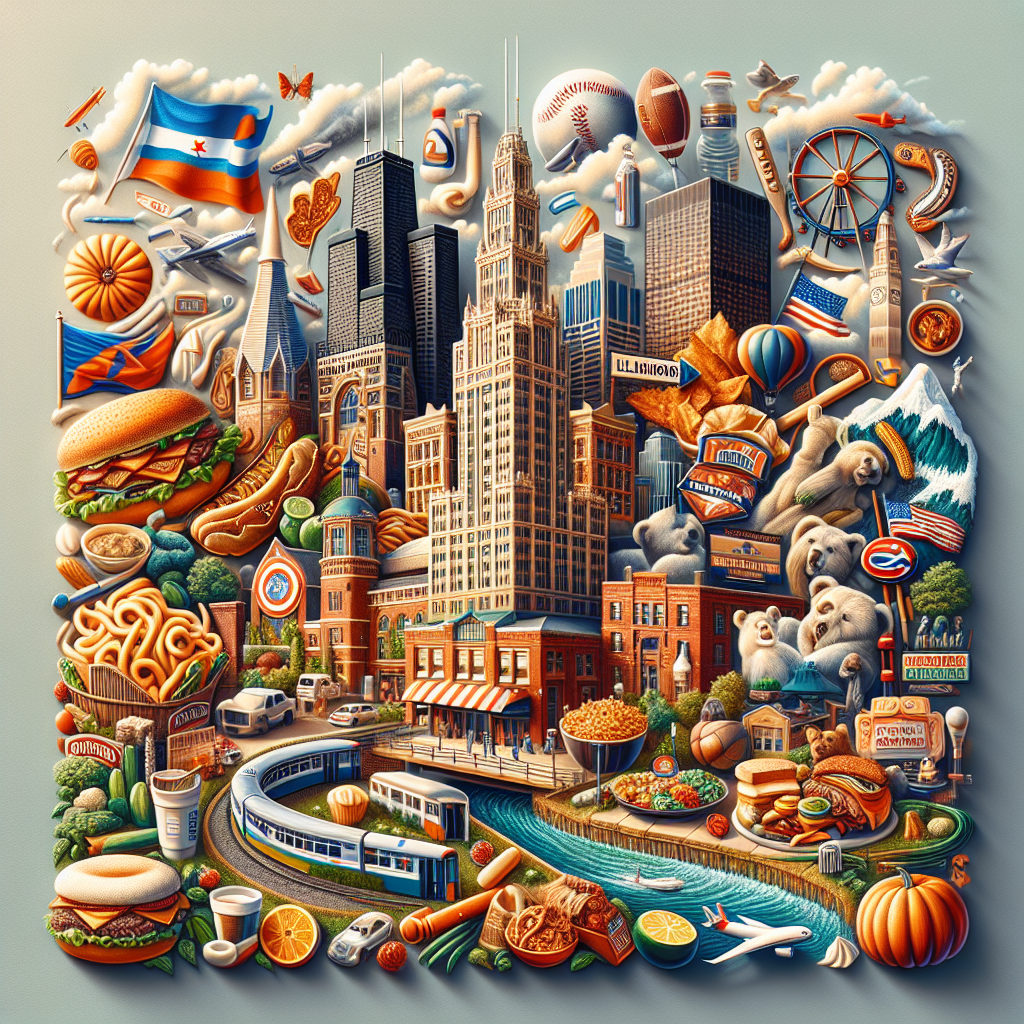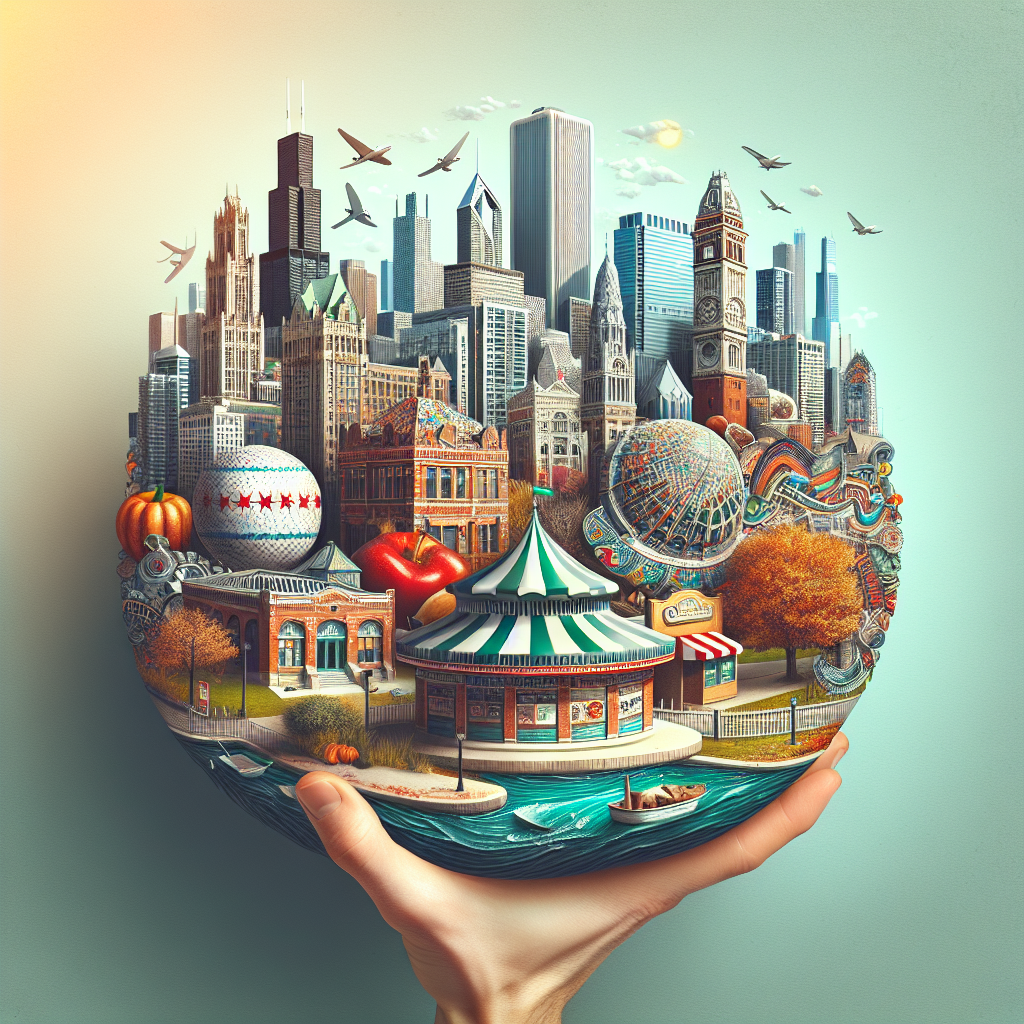Introduction
Chicago, known for its stunning skyline, diverse culture, and rich history, carries a nickname that might leave some curious: “The White City.” This intriguing moniker holds historical significance and is tied to one of the most iconic events in the city’s past. In this article, we will explore why Chicago is called the White City and delve into the story behind this fascinating nickname.
Table of Contents
- The World’s Columbian Exposition
- The Architectural Wonders
- The Legacy of the White City
- FAQs
- Conclusion
The World’s Columbian Exposition
To understand why Chicago gained the nickname “The White City,” we must travel back in time to the late 19th century. In 1893, Chicago hosted the World’s Columbian Exposition, a grand event commemorating the 400th anniversary of Christopher Columbus’ arrival in America. The exposition aimed to showcase American progress and innovation to the world.
One of the main attractions of the World’s Columbian Exposition was the awe-inspiring White City, a collection of neoclassical buildings constructed within Jackson Park. These gleaming, ivory-colored structures, adorned with intricate details and ornate sculptures, captured the imagination of millions of visitors.
The White City served as a symbol of Chicago’s ambition and determination to be recognized as a leading city in the United States. The fairgrounds covered over 600 acres and featured over 200 buildings, including the iconic Administration Building and the Manufactures and Liberal Arts Building.
The Architectural Wonders
What made the White City truly remarkable was its architectural marvels. The buildings were designed by prominent architects of the time, such as Daniel Burnham, Charles McKim, and Louis Sullivan. Their innovative designs and meticulous attention to detail showcased the best of American architecture.
The neoclassical style dominated the White City, with grand colonnades, sweeping staircases, and soaring domes. The structures were adorned with white stucco facades, giving them a majestic appearance. The use of electric lighting further enhanced the ethereal glow of the buildings at night.
Among the most famous buildings in the White City was the Court of Honor, featuring the stunning Peristyle and the Statue of the Republic. The Court of Honor served as the centerpiece of the exposition, with its grandeur capturing the imagination of visitors from around the world.
The Legacy of the White City
The World’s Columbian Exposition left an indelible mark on Chicago’s history and identity. The nickname “The White City” became synonymous with the city itself, representing its grandeur, innovation, and determination. The event showcased Chicago’s ability to host a world-class spectacle and solidified its position as a cultural and architectural hub.
Today, remnants of the White City can still be found in Chicago. The Museum of Science and Industry, housed in one of the original exposition buildings, stands as a testament to the city’s past. Additionally, the influence of the World’s Columbian Exposition can be seen in Chicago’s architecture, with neoclassical and Beaux-Arts styles prevalent throughout the city.
FAQs
-
Why was Chicago chosen to host the World’s Columbian Exposition?
Chicago was selected to host the World’s Columbian Exposition due to its central location and its rapid growth as a major city. The city’s leaders saw the opportunity to showcase Chicago’s progress and establish it as a cultural and economic center.
-
Are any original buildings from the World’s Columbian Exposition still standing?
While most of the buildings from the World’s Columbian Exposition were temporary structures, some have survived to this day. The Museum of Science and Industry, originally the Palace of Fine Arts, is one such building that still stands in Chicago.
-
How did the nickname “The White City” come about?
The nickname “The White City” originated from the gleaming white facades of the buildings in the World’s Columbian Exposition. The nickname stuck and became synonymous with Chicago’s ambition and architectural achievements.
Conclusion
The nickname “The White City” serves as a reminder of Chicago’s remarkable history and its ability to captivate the world through grand events like the World’s Columbian Exposition. The architectural wonders of the White City showcased Chicago’s ambition and solidified its place as a cultural and architectural hub. Today, the legacy of the White City lives on, with remnants of the exposition still visible in Chicago’s architecture and institutions.




